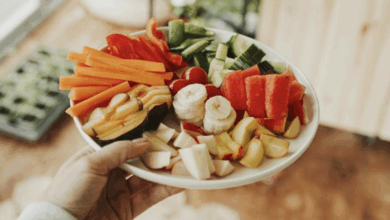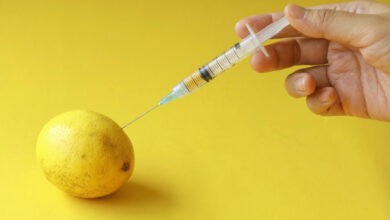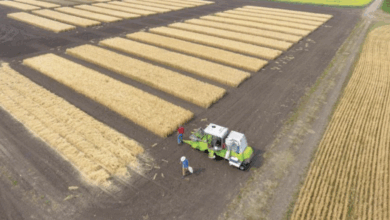Alexander Rudenko, Ukrlandfarming Group: “What our farmers should learn from colleagues from the US and the Netherlands to stabilize their businesses.”

However, we obviously lose sight of animal husbandry, which largely determines the level of country food safety, as it provides to the population the main products like eggs, meat and milk. Mixed feed, food and processing industries are based on this sector.
Does this industry earn money? The answer is certainly – yes. But in terms of profitability (5-8%) and investments return, it is not as attractive to investors as the production of crops and oilseeds. Only the productions of eggs and poultry meat (more than 50% for eggs and 16-18% for enterprises with a complete production cycle of poultry) as well as milk (10%) show constant profitability. The least attractive segment is cattle growing, which profitability is minus 30%. In case of state-owned enterprises, it can be minus 50%. Growing cattle for meat forms about 5% of gross production, and it is constantly decreasing. Over the past 10 years, livestock number has decreased from 24.5 to 3.8 million. Since 1995, beef production in Ukraine has decreased in almost five times. On the other hand, poultry production has increased in nearly the same size.
Thanks to the leading Ukrainian producers of poultry meat, who ensure the supply of chilled products and by-products to the domestic market, the country has no deficit in the balance of meat or a huge hole in the balance of payments.
This business is more profitable owing to shorter production cycle. But there are some issues, which we usually are unaware of, like livestock specialization and focusing on the most productive dairy or beef breeds of cattle.
For example, we can have a look at the countries, which are leaders in beef production. They are the United States, Brazil, Canada, Australia, Argentina and New Zealand. The most common beef breeds are Aberdeen Angus and Hereford cattle. Holstein-Friesian breed is used in milk production.
There are two reasons for these breeds to be dominant. They are: the endurance of the animals and high-quality meat.
The production of high-quality marbled beef is based on genetics and the feeding system. It allows the manufactures to satisfy the sophisticated demands of the final consumer. After all, the customers ultimately define these requirements, voting for them with their wallets and stimulating further industry growth.
The Kingdom of the Netherlands is a good example. Livestock farms in this country are very effective. Farmers take into account the needs of local customers. The market is fully supplied with high-quality milk and expensive delicacy veal, which is of great demand among the Dutch.
In Ukraine, private households play the dominant role supplying meat on the market. They use outdated technologies along with low genetic potential of animals and unbalanced feeding system. Moreover they cannot guarantee a proper level of product safety.
Due to the “tough” heritage of beef consumption habits in the USSR, the consumers have a very limited choice of “non-classified” veal and beef. They also know very little about the basic cuts and final products.
The future of Ukrainian cattle breeding depends on narrow specialization. It goes along with better targeting and focusing on the needs of final consumers, as well as educating customers. Close industrial cooperation of agricultural enterprises and households (through subcontracting) is also very important.
The task of the state is to help herders in these areas. The government and business have to develop and test various models of cooperation and to create the most favorable climate for the long-term investments in the industry.
Text: Alexander Rudenko, Director of Business Development in Ukrlandfarming Group






